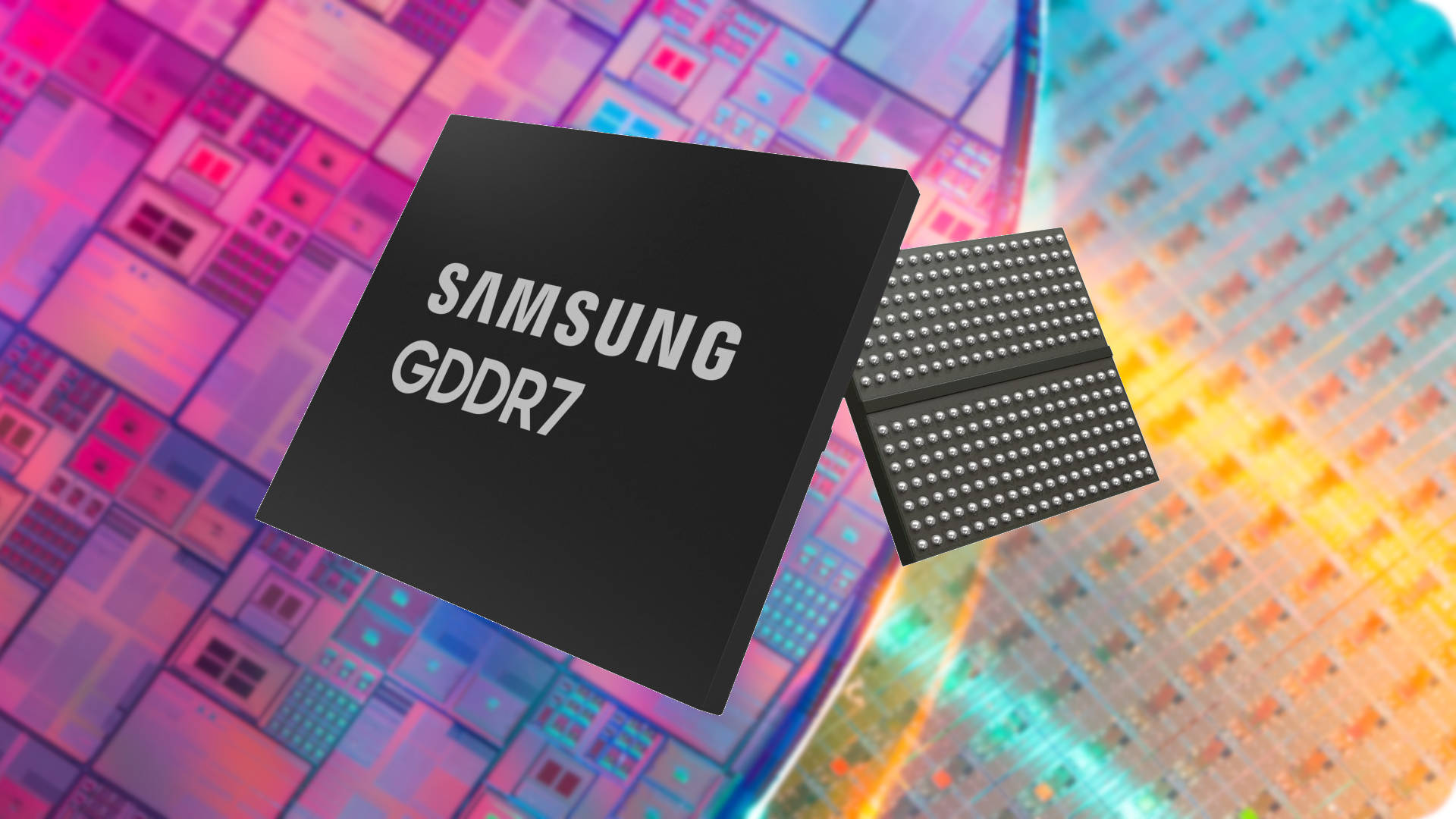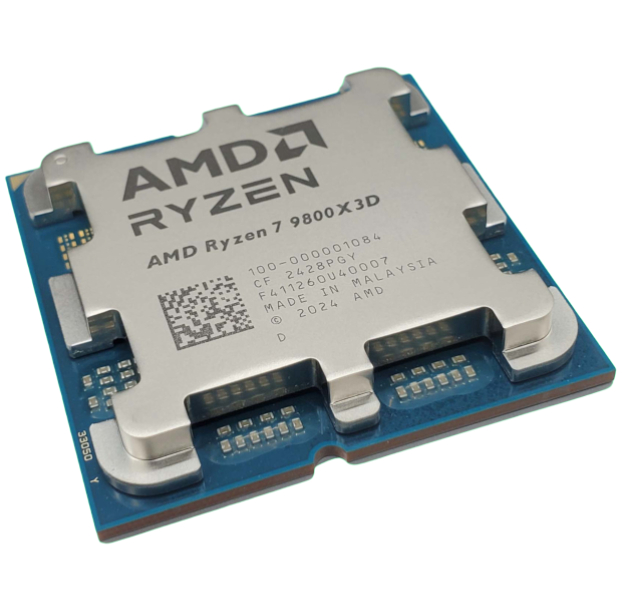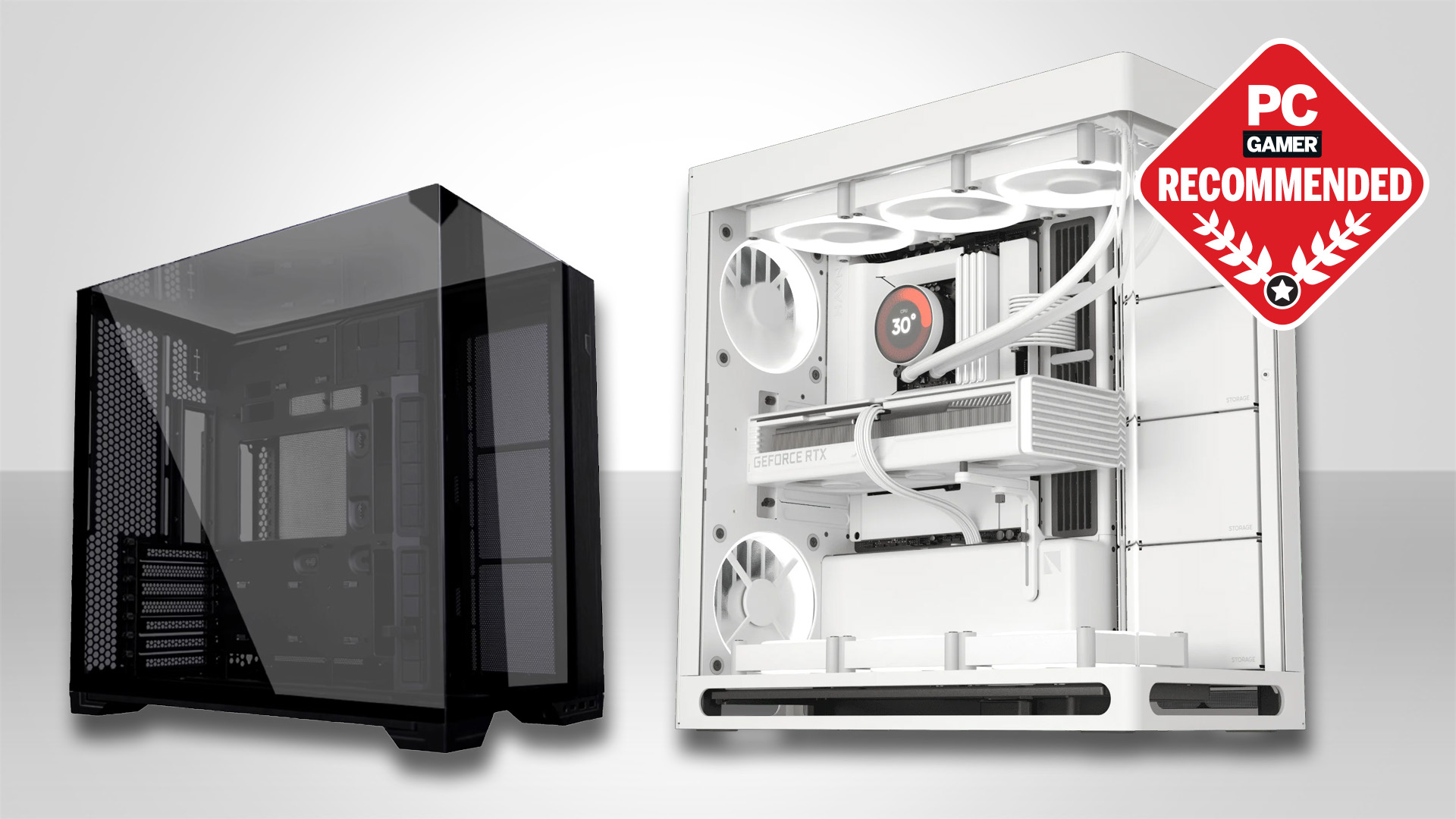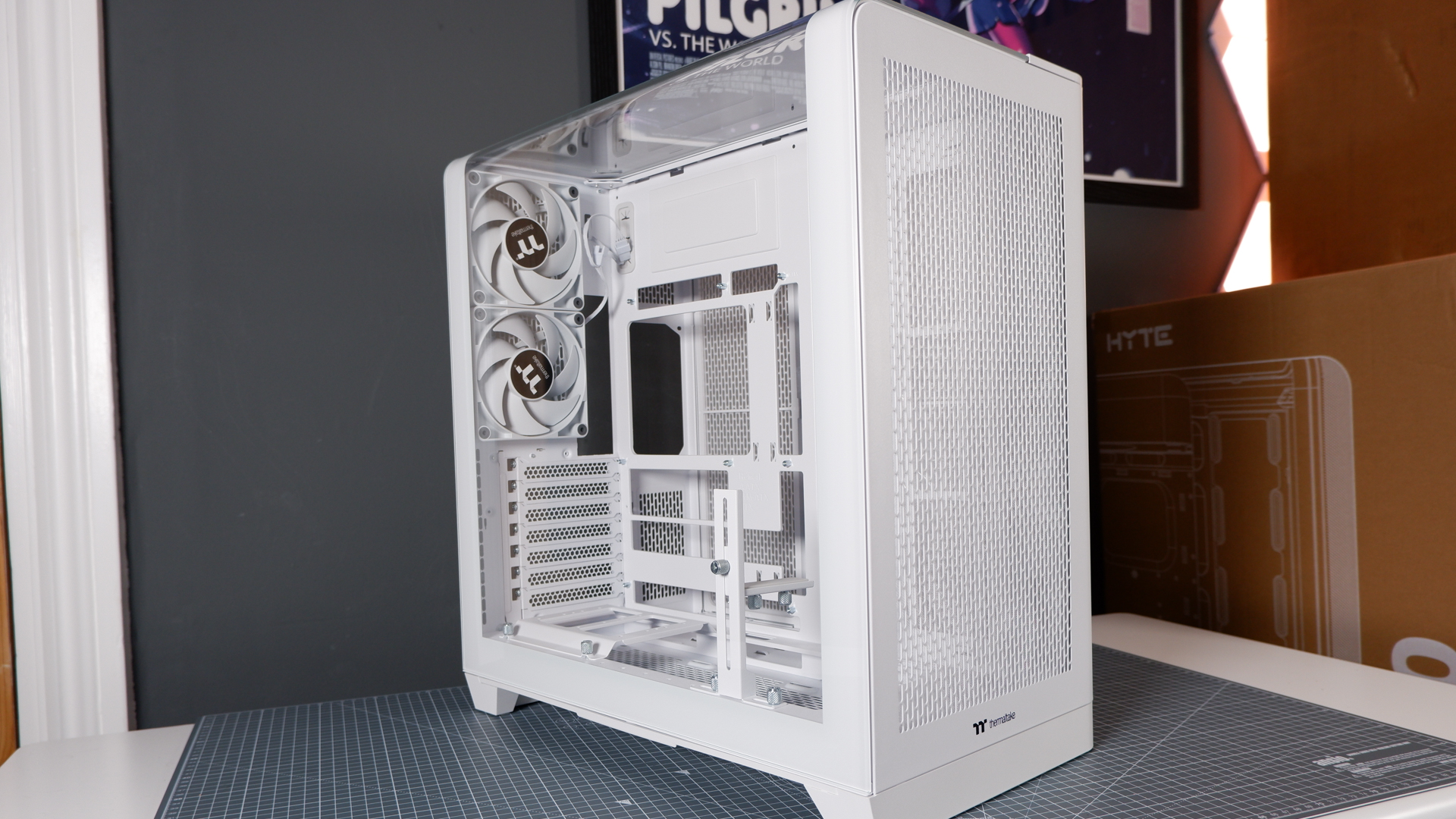Samsung cuts back on traditional foundry costs as it leans into HBM for AI computing
The company is looking to hire those with expertise in HBM, not Exynos.

The tech world has been going wild over AI since we first started hearing about generative language models and the likes. Things have only escalated with more companies adopting AI powered computing, driving demand for capable hardware. We've seen this with Nvidia's AI GPUs coming under hot demand for data centres, and now Samsung appears to be doubling its efforts for this new type of computational processing.
According to The Korea Economic Daily, Samsung has just increased its hiring target for specialists around AI chip development. Specifically the company is after those experienced with high-bandwidth memory or HBM DRAM, and next generation chips. These are important factors for developing AI powered hardware, as AI models are incredibly memory-intensive. They need heaps of the stuff. HBM offers the best way to deliver that memory for datacenter hardware, though attempts to use HBM for gaming graphics cards died a death a while back with AMD's Vega generation.
In an effort to bolster its semiconductor operations, Samsung plans to hire professionals across its memory chip business, foundry, semiconductor research centre, global manufacturing and infrastructure, test and system package, and AI centre. This is on top of spending billions on this just last year. It will also be scaling back hires when it comes to some aspects of its foundry division, further implying a push towards newer technologies.
HBM is a big one of these, with Samsung specifically looking for folks experienced and interested in developing customised HBM. This can mean working to deliver custom dies to forge bespoke chips made of stacked DRAM for customers or functions.
To help with production, Samsung is also looking into Hybrid Bonding technology. This is used to make the processes of building HBM chips much smoother, literally. It allows for chips to be directly connected, rather than having bumps between them which reduces the width of the chip and generates less heat. Having these direct channels allows the chips to access memory in parallel, greatly increasing the efficiency.
Right now we see 12-layer AI HBM chips at the highest tiers like Samsung's HBM3 Icebolt, with companies working towards chips with 16 DRAM layers. Hybrid Bonding is going to be crucial in making this step up to a larger chip while still managing size and heat. Seeing Samsung target these areas definitely gives the impression the company is going to be trying to develop specifically for AI computing in the next few years.
Another pointer to this is what Samsung isn't hiring. The company is to cease hiring in areas developing products like Exynos processors and image sensors. This comes after losses from the division, so it seems the company is looking to pivot from these less profitable technologies into further AI development.
Keep up to date with the most important stories and the best deals, as picked by the PC Gamer team.
Samsung are a huge electronics company, perhaps best known for its phones but responsible for countless appliances. They have also been fabricators of components, but I don't know if I'd expect much more of this outside of AI directly from the company in the near future.

1. Best overall:
AMD Ryzen 7 9800X3D
2. Best budget:
Intel Core i5 13400F
3. Best mid-range:
AMD Ryzen 7 9700X
4. Best high-end:
AMD Ryzen 9 9950X3D
5. Best AM4 upgrade:
AMD Ryzen 7 5700X3D
6. Best CPU graphics:
AMD Ryzen 7 8700G

Hope’s been writing about games for about a decade, starting out way back when on the Australian Nintendo fan site Vooks.net. Since then, she’s talked far too much about games and tech for publications such as Techlife, Byteside, IGN, and GameSpot. Of course there’s also here at PC Gamer, where she gets to indulge her inner hardware nerd with news and reviews. You can usually find Hope fawning over some art, tech, or likely a wonderful combination of them both and where relevant she’ll share them with you here. When she’s not writing about the amazing creations of others, she’s working on what she hopes will one day be her own. You can find her fictional chill out ambient far future sci-fi radio show/album/listening experience podcast right here.
No, she’s not kidding.
You must confirm your public display name before commenting
Please logout and then login again, you will then be prompted to enter your display name.

